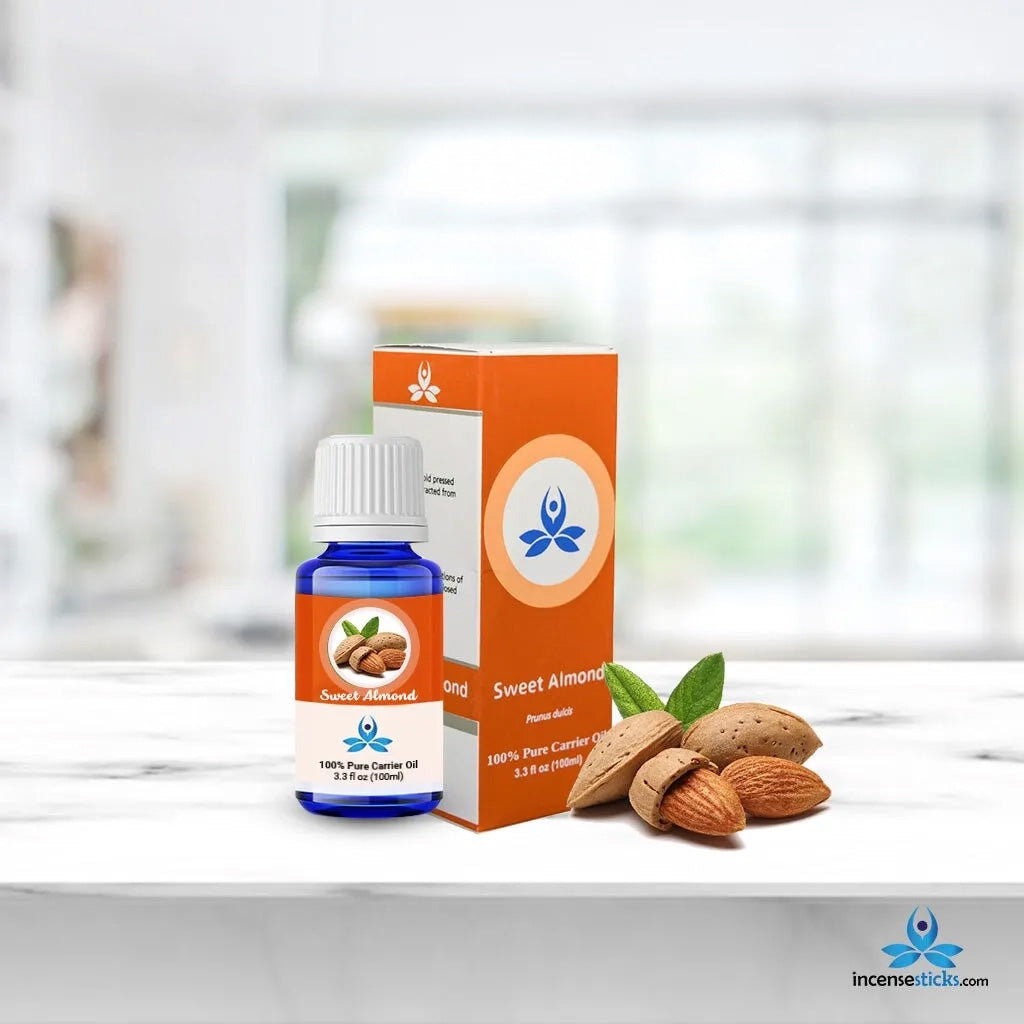Guide to Tea Tree Essential Oil


Tea tree essential oil is derived from the leaves of the tea tree, a small evergreen tree native to the coastal regions of Australia. For centuries, the indigenous Aboriginal people of Australia have been using tea tree leaves for their antiseptic and antimicrobial properties to soothe various ailments, such as cuts, wounds, and infections. It got the name “ tea tree “ from the 18th century sailors who made tea smelling like nutmeg using the leaves of this tree.
Scientific Name / Botanical name: Melaleuca alternifolia
Extraction Method: Steam distillation
Odor strength: Medium
Aroma: Medicinal, fresh, woody, and earthy
Consistency: Thin
Oil Origin: Leaves and twigs
Benefits





Ways to use
Aromatherapy
The fresh camphor-like, medicinal scent helps reduce feelings of stress, fatigue, brain fog and promotes sleep.

Fill diffuser with water


Topical application
Widely used as an additive in personal hygiene products such as hand soaps, moisturizers, face wash, body wash, hair oil, shampoo, conditioner etc to soothe skin and scalp issues.
Option 1: To reduce dandruff

Mix 2 to 3 drops of tea tree oil to one tablespoon of shampoo


Option 2: To soothe cuts, wounds, allergies or acne

Mix 3 to 5 drops of tea tree oil to a teaspoon of carrier oil.

Disinfectant spray
Helps eliminate bacteria, fungus and moldy odors

Combine 4 to 5 drops of Tea tree oil, 2 to 3 drops of lemon oil and 2 cups of water in a spray bottle

Recommended Essential Oil Blends:
Recommended Carrier oils:
Safety
- Avoid contact with eyes, nose, and sensitive areas.
- Avoid sun exposure after topical use of this essential oil.
- Never apply essential oils to the skin or scalp directly. It is highly recommended to dilute the oil using a carrier oil to avoid skin irritation.
- Do a patch test before topical use to make sure there are no allergic reactions to any essential oil.
- If you are pregnant, nursing or taking medication; consult a physician before use.



















